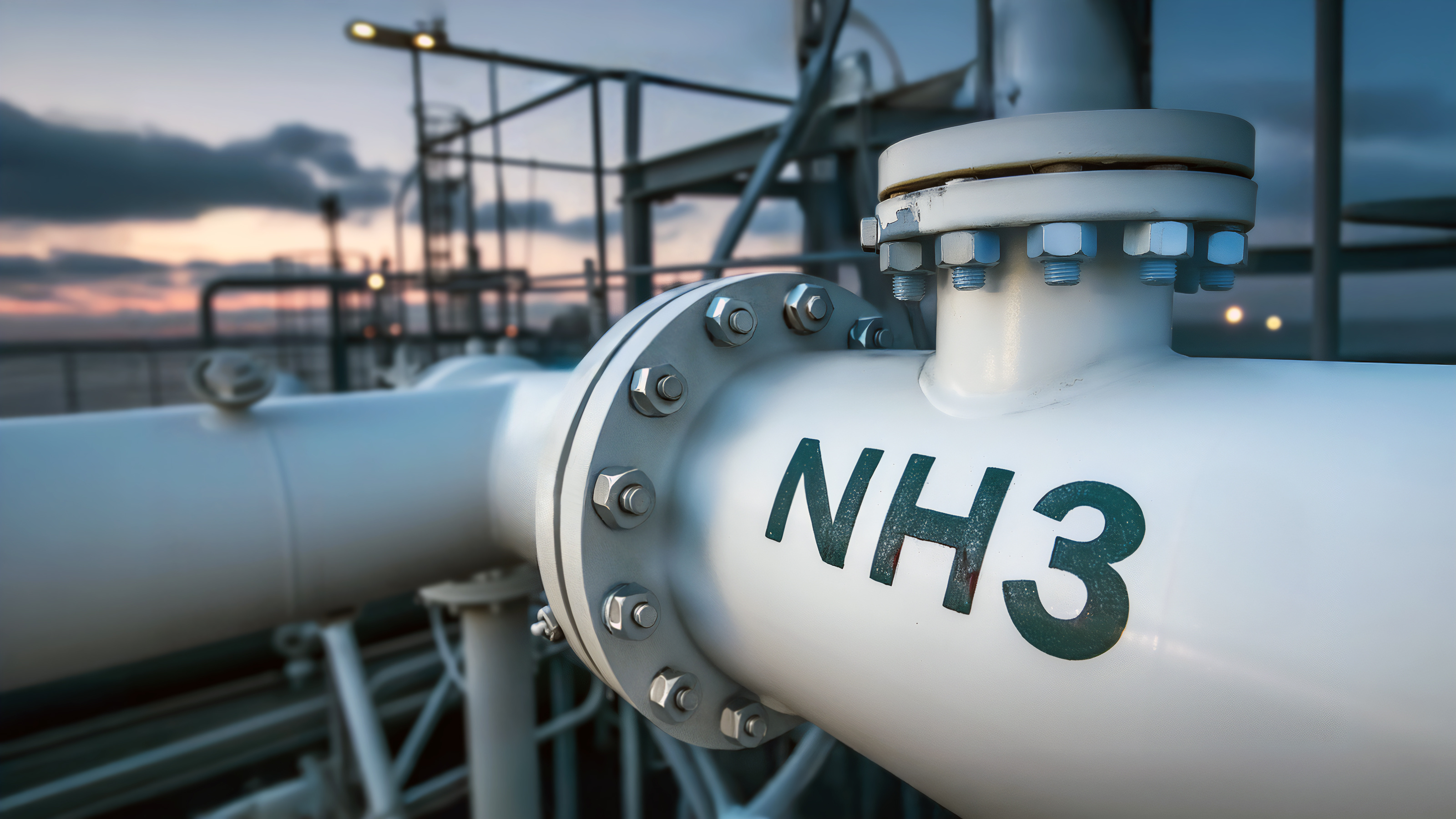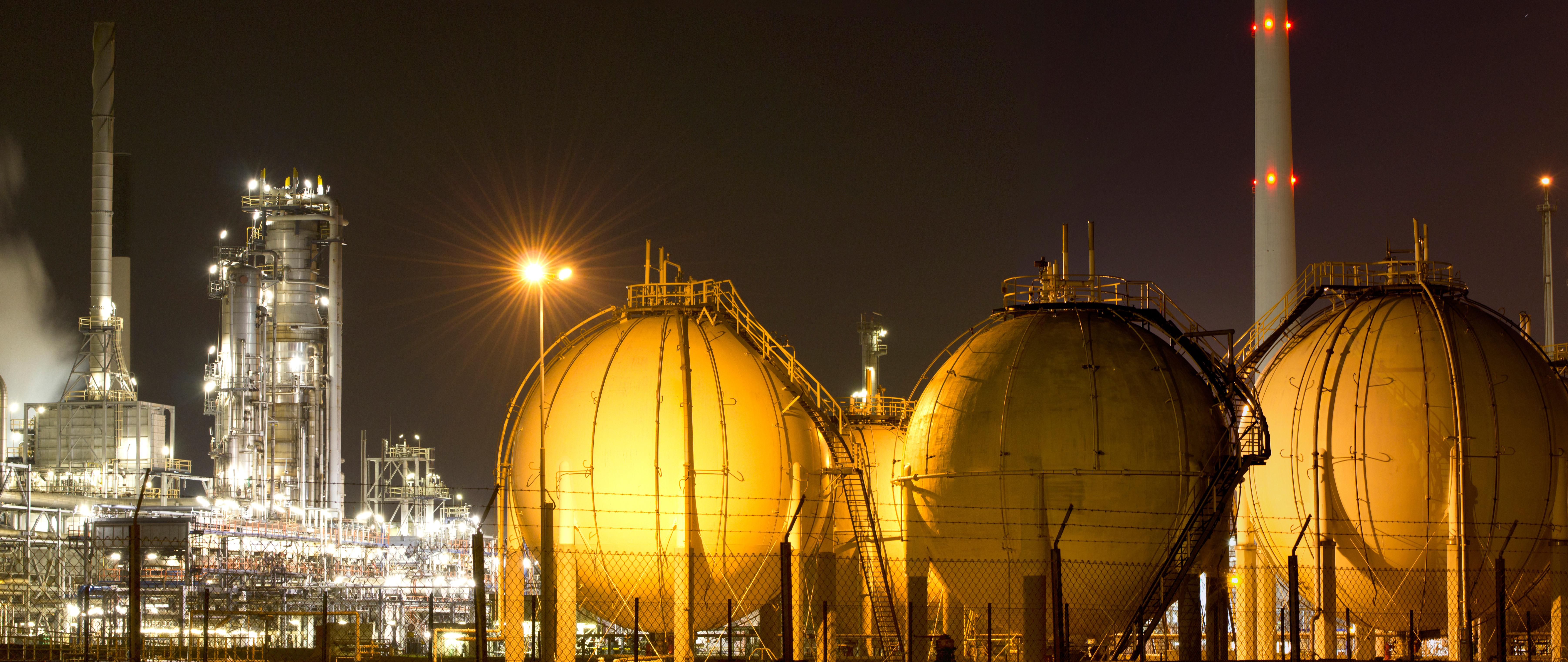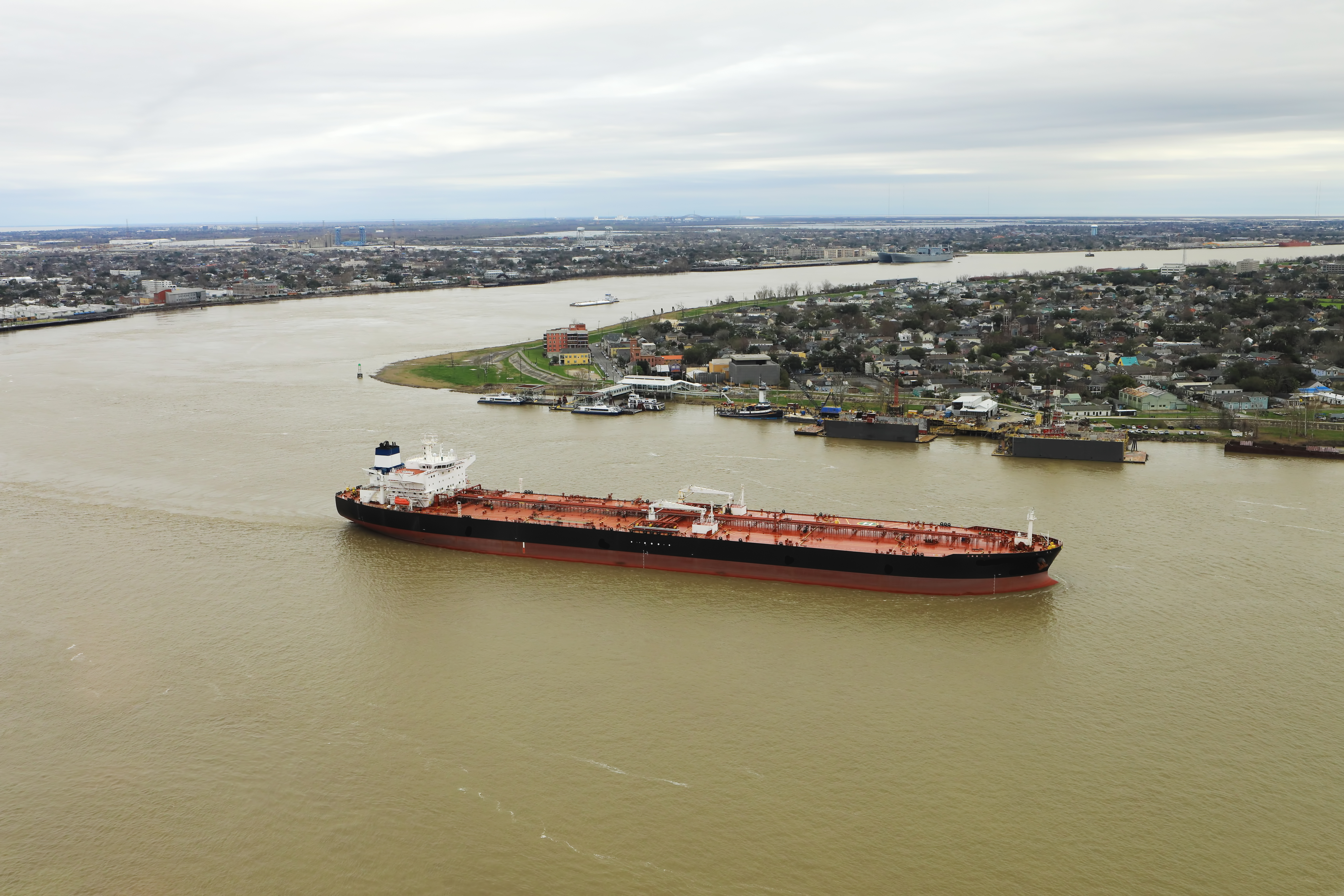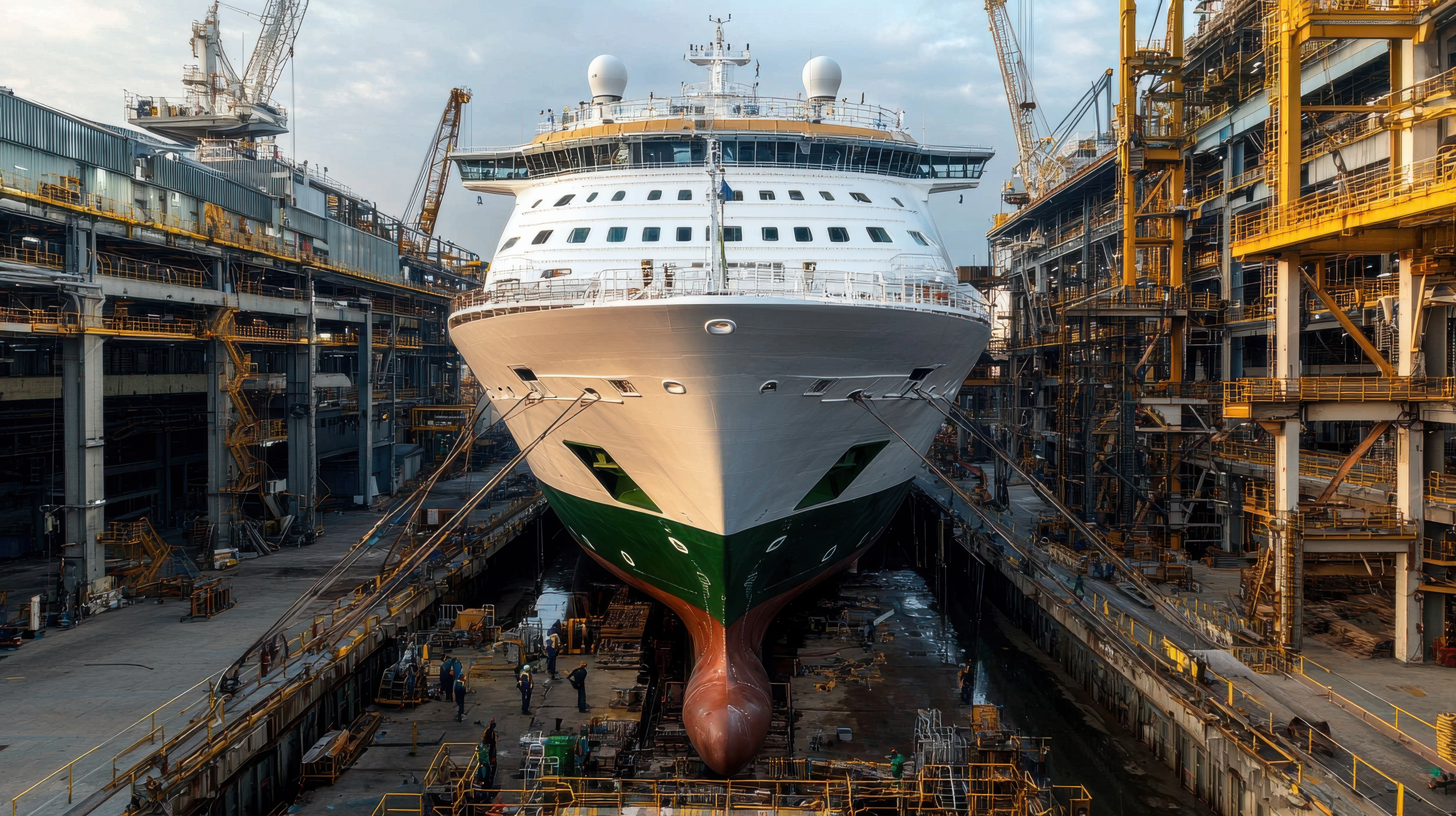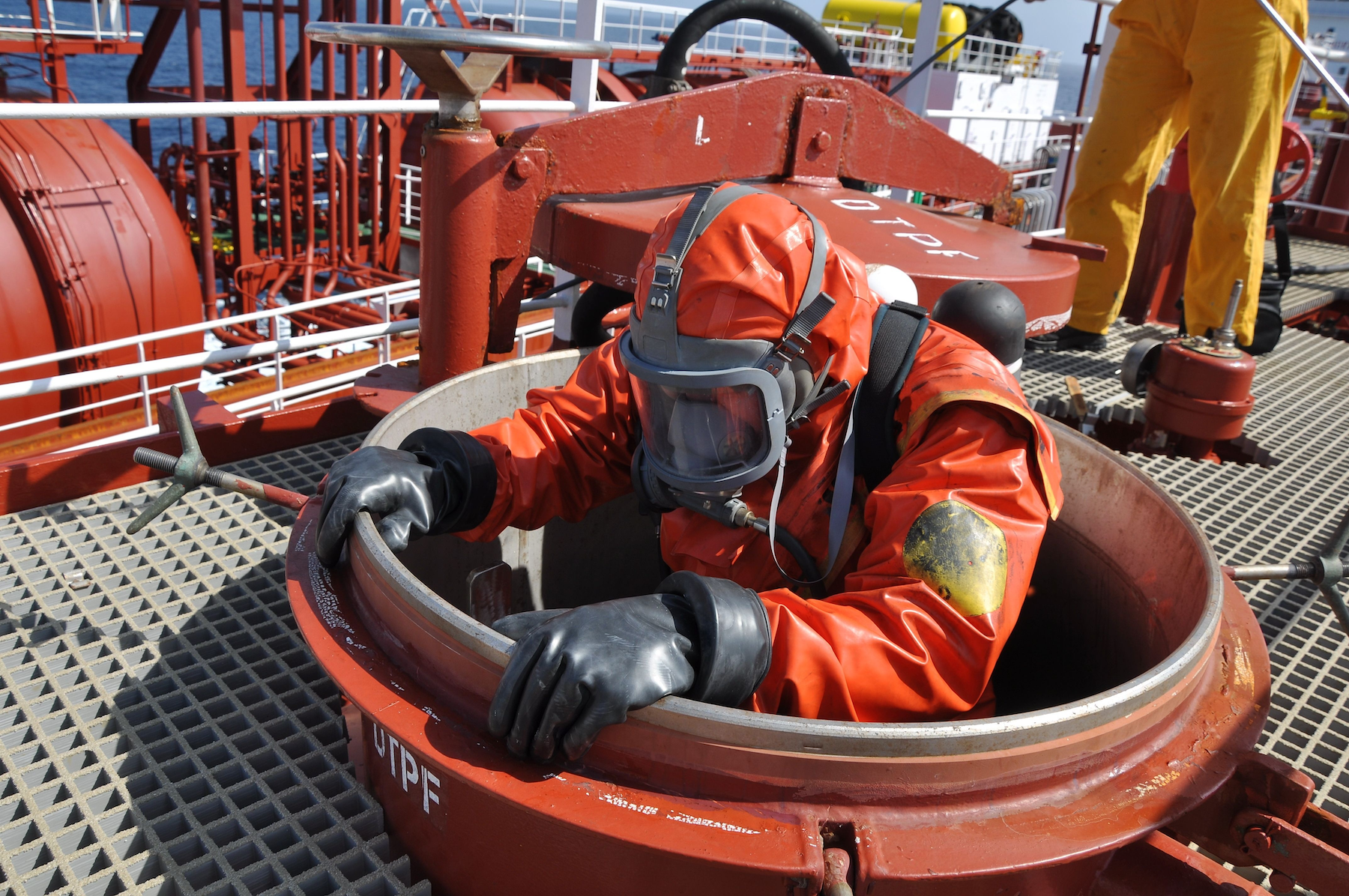
Incidents in enclosed spaces have been a serious problem for many years within the operation and management of ships. Unfortunately, the number of these accidents has not decreased, even in recent years, despite the issuance of ISM code and the inclusion of detailed procedures and precautions of enclosed space in the safety management manuals produced by all shipping companies.
Guidelines, incident information, and preventive measures are constantly updated, and even included, in the SOLAS 1. The distribution of this information to ships and crew members, along with its use in the education of crew members and the operation of ships, are some of the most important responsibilities of companies that manage and operate ships.
This report includes information about incidents involving enclosed spaces on ships and subsequent actions that should be considered in order to prevent these incidents occurring again.
Example: the Chem Hana2
Summary
The chemical tanker Chem Hana (695GT) completed the loading of about 960 tons of acetone3 at the port of Kanmon and departed at 05:45 on 2 July 2012. The destination was the port of Chiba, in order to load methyl ethyl ketone. Subsequently, the Captain was instructed by the ship operator to instead head for the port of Matsuyama to load 1,000 tons of paraxylene, due to a problem with cargo loading operations at Chiba. The Captain notified the chief officer of the change in the ship’s destination and cargo. As there would be insufficient time to clean the tanks if the ship went directly to Matsuyama, the Captain decided to go south to the Bungo Channel for tank cleaning and then continue to Matsuyama.
At around 14:00, the chief officer, bosun, deck hand A and deck hand B started removing the remaining acetone from the cargo tanks’ suction wells and pump room strainers. The chief officer instructed deck hands A and B to remove acetone remaining in the suction wells, starting with the No.1 cargo tank and proceeding through the cargo tanks in order. The bosun advised that this would be dangerous because the gas free fan was not operating. However, the chief officer stated there was no danger.
Deck hands A and B put on working clothes, rubber gloves, safety shoes and a canister-type breathing 4. Then, holding plastic buckets and a scoop, deck hands A and B entered the No.1 cargo tank at about the same time, deck hand A on the left and deck hand B on the right. Deck hand B immediately left the cargo tank and returned to the deck to inform the chief officer that there was a strong odour in the tank.
At around 14:20, the chief officer looked into the No.1 cargo tank (left) through a manhole and saw that deck hand A was lying in the bottom of the tank. Immediately, the chief officer, with his canister-type breathing apparatus in place, entered the No.1 cargo tank (left) and apparently lost consciousness himself after one or two minutes.
The bosun and deck hand B brought self-contained breathing apparatus from the storeroom in the ship’s stern and entered the No.1 cargo tank (left). They carried the chief officer and deck hand A back to the upper deck.
The Chem Hana notified the Japan Coast Guard of the incident and asked for assistance. A patrol boat was sent to the ship and transported the chief officer and deck hand A to the town of Suo-Oshima. The two men were then transported to a hospital, the chief officer by ambulance and deck hand A by helicopter. However, tragically, both of them lost their lives.
The suspected direct cause of death for both men was asphyxiation due to inadequate oxygen. There were also concerns that acetone poisoning contributed to their deaths.
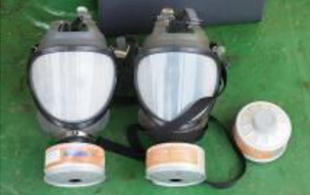
Figure 1: Canister-type breathing apparatus
Analysis
The analysis of the causes of this incident revealed many similarities with prior accidents also involving enclosed spaces.
a. Lack of awareness of the danger of the tank interior
The chief officer apparently was not aware that the tank interior was dangerous or, at least, was only slightly aware of the potential danger. As a result, the chief officer ignored required procedures, or decided the procedures were not needed. This is the first link in the error chain which subsequently led to numerous further errors and unsafe actions.
b. Improper procedures for entering an enclosed space
The Chem Hana had onboard a manual designated by SMS (Safety Management System) for the procedure for enclosed space entry, containing detailed instructions. However, the crew members either acted improperly concerning these instructions, or disobeyed them:
- Permission for entering an enclosed space:
(Chem Hana) No request for a permission form was made.
- Measurement of air in the enclosed space and ventilation:
(Chem Hana) Ventilation was insufficient and there were no toxic gas or oxygen measurements. The acetone level was 20% and no ventilation had been performed in the cargo tank prior to the start of the cleaning procedure. As a result, it is possible that gaseous acetone had collected at the bottom of the tank, resulting in insufficient oxygen.
- Protective equipment:
(Chem Hana) The Chem Hana used protective equipment that was prohibited. The manual includes the following statement concerning canister-type breathing apparatus: “The company does not allow the use of a canister-type breathing apparatus in enclosed spaces because these devices, due to their specifications, do not protect the user from excessive levels of hydrocarbons and toxic gases or from insufficient oxygen.”
- Enclosed space rescue:
(Chem Hana) The chief officer did not use sufficient protective equipment and attempted to rescue deck hand A with no assistance.
c. Other items
The following actions and status of the ship are believed to have further contributed to this accident:
- The change of destination for the next cargo created time restrictions;
- The chief officer did not accept the bosun’s advice to stop the cleaning procedure;
- There was no risk management or meeting prior to the cleaning procedure (toolbox meeting).
3) Preventive measures
The Japan Transport Safety Board submitted instructions to implement the following measures to prevent this type of accident:
- When the Captain was told about the revised cargo loading plan, he should have shared information regarding this change with the other officers, and given suitable instructions to prepare for loading the cargo;
- When crew members work in enclosed spaces, safety procedures in the safety management manual must be strictly observed;
- Crew members must be prepared in advance with first aid and resuscitation techniques, in order to respond quickly to an incident in an enclosed space.
Safety measures
The number of reports of enclosed space incidents remains high and there are calls for measures to enact preventive measures after every incident. These precautions are often straightforward points which are covered in many safety documents.
The following general precautions and preventative measures are examples of these points:
- Be aware that a location is an enclosed space (every space has the potential to be an enclosed space or a narrow space);
- Perform a risk assessment before starting a procedure;
- Perform a toolbox meeting before starting a procedure;
- Comply with the enclosed space entry manual;
- Maintain sufficient communications within the ship while performing work in an enclosed space;
- Use two or more people for work in enclosed spaces;
- Keep suitable protective equipment on board and use this equipment;
- Everyone should be encouraged to speak up if there are any doubts about a situation;
- Take into account pressure from external sources and time restrictions;
- In an emergency situation, when a rescue is needed, always take precautions to prevent a secondary accident (do not act based on emotions);
- Post the permit to enter an enclosed space at the job site and enter names (or place name tags) of people entering the enclosed space on the permits (see Figure 2);
- Never overlook the drills that are required by SOLAS every two months and ensure that crew members have a thorough understanding of procedures, protective equipment, and rescue procedures.

Figure 2: Confirmation of crew members entering an enclosed space (to be placed at the job site).
Most significantly, there are many incidents that are caused by the decision to perform a task without any awareness that the location is an enclosed or narrow space, which means there may be insufficient oxygen to work safely. Individuals supervising work on a ship must always be aware of the possibility of inadequate oxygen due to the ship’s structure, pipe configuration, cargo, or other factors. In addition, documents from the shipping company, and from other sources, should be used as a reference for conducting classes for crew members when there are opportunities to do so. All crew members must receive training in order that everyone has the same level of awareness about working in enclosed spaces and the potential danger involved with these locations.
--------------
1SOLAS Convention (Summary)
Chapter III, Regulation 19-3.3
Enclosed space entry drills should be performed at least once every two months.
Chapter III, Regulation 19-3.6
Enclosed space entry drills must include the following items:
- checking and use of personal protective equipment, communication equipment and instruments for measuring the atmosphere;
- checking and use of rescue equipment and procedures; and
- instruction in first aid and resuscitation techniques.
2Japan Transport Safety Board Report (29 May 2014)
Death of Crew Members of the chemical tanker Chem Hana https://www.mlit.go.jp/jtsb/ship/rep-acci/2014/MA2014-6-2_2012tk0032.pdf
3Properties of acetone: gaseous acetone is rapidly toxic, irritates the eyes and airways, affects the central nervous system, liver, kidneys, and stomach, and may cause unconsciousness.
4Canister-type breathing apparatus: a canister-type breathing apparatus is used in locations with medium organic compound air density. The apparatus included the precaution that it should be used only when the gas level is below1% and the oxygen level is at least 18%.

